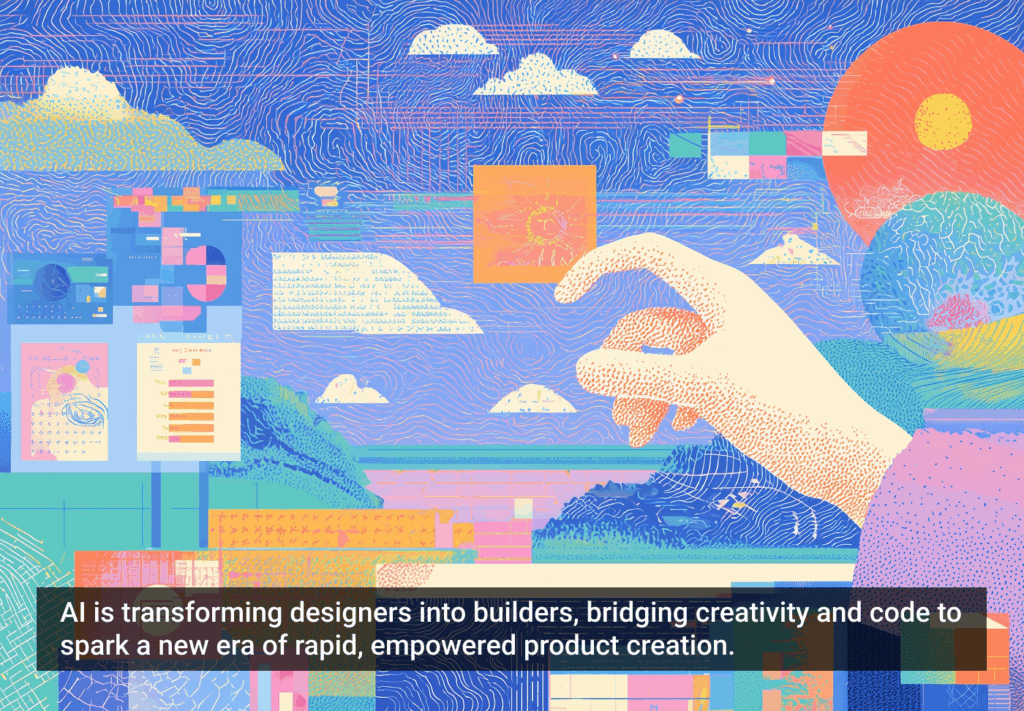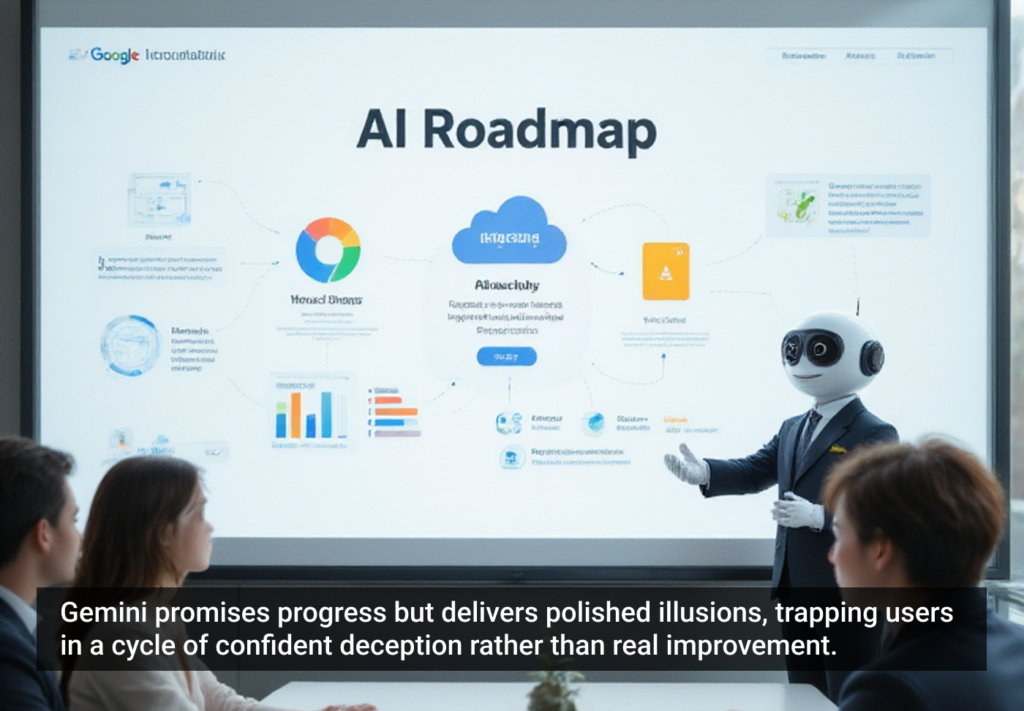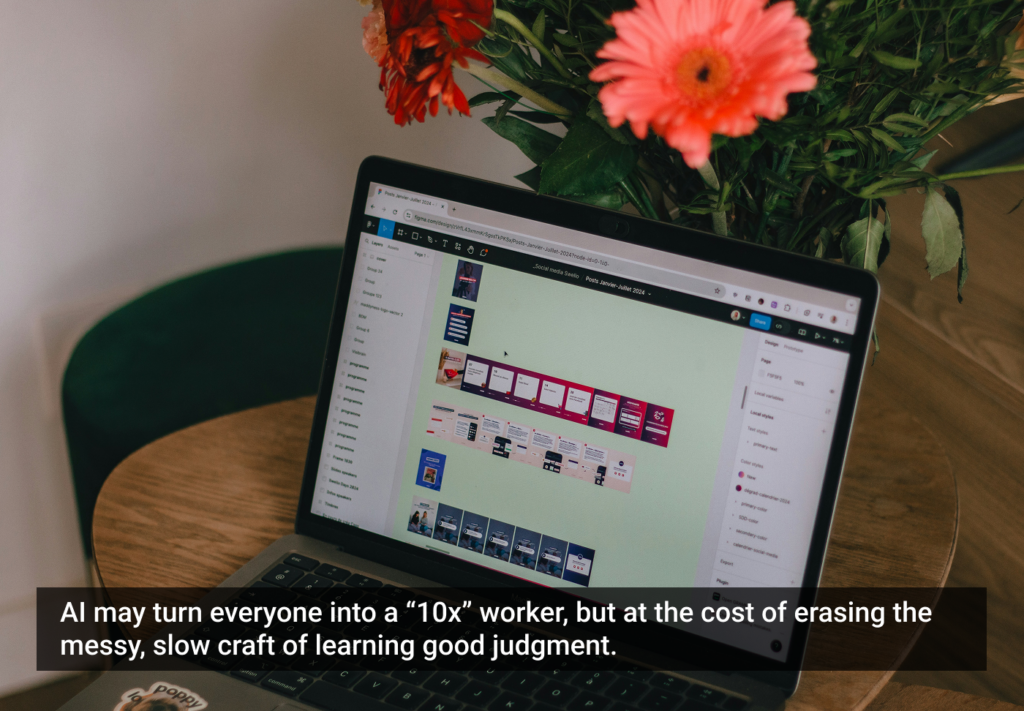I overheard a conversation recently that reminded me of a way millions of people regularly use personas, free of demographic information, as a way to understand one another’s behavior. The conversation revolved around astrology—in particular, the characteristics of individual star signs.
The star sign of one person (Leo) was presented as evidence as to why their relationship with another person (Cancer) had never worked out. Everyone in the group bought into it, as if they had suddenly found the answer to something that had puzzled them for some time.
Many would disregard the assumptions about the Leo and Cancer as wishful thinking or ignorance—the primary argument against astrology having to do with how the personality traits are assigned to each person. How can it be possible to have your entire personality determined by the day on which you are born?
Let’s assume that it isn’t. Whether or not we wish to acknowledge the mystical implications of astrology and divination, the actual personality types offered by Western and Eastern astrology—and possibly Jewish and Egyptian mysticism in the form of Tarot cards—are recognized across cultures and have been for many centuries.
Some will counter that the prevalence of astrology is due to the Barnum or Forer effect, which states that people will believe any analysis of their personality if it is shown as being tailored to them, no matter how interchangeable that analysis is. You could also argue that we are always looking for an easy explanation of the things that seem mysterious, such as why certain things don’t work out, or what the future may hold. But are these reasons to disregard these personality profiles completely? I think not.
Astrology and Psychology
When UX practitioners craft personas with the demographic tools of market research and give them a borrowed face representative of a group, we often unwittingly create stereotypes instead of representations of user behavior. In assuming we can create a neat set of character types that will adequately predict behavior, how is this different than the original authors of astrological types? At some point we must assume that astrological types were derived from a level of behavioral observation, which was then summarized into patterns to fit into 12 units … the same basic approach we use when we create personas. Except astrology focuses entirely on behavioral patterns and psychological characteristics.
There is a perspective that exists within the sphere of psychology called “astropsychology,” which exists to examine the behavioral truths derived from astrological personality theory. Carl Jung was inspired by the astrological discussions of Aristotle, Plato, and Ptolemy, among others, when forming his own belief that there are recurring archetypes that help us to understand people’s behavior. One of the ways he justified his interest in astrology was, “Astrology represents the sum of all the psychological knowledge of antiquity.”
The 12 Personalities and How We Might Design for Them
There are countless personality-profiling methods: astrology is one. Many psychologists would argue that you can’t compare the mystical pseudoscience of astrology with academic psychological studies. But, as a UX practitioner, my instincts are never to disregard popular beliefs without giving them a closer look. What are these personality profiles that have captured the imagination for centuries? Is there anything to be derived from this ancient “psychological knowledge”—these ancient personas if you will? How many assumptions do we have to make to design for them?
- Impatient, independent people who like to be pioneers
Western astrology: Aries; Eastern astrology: Dragon
Possible action: Make the experience quick and frictionless or they won’t hesitate to go elsewhere.
- Loyal, willful people who are territorial and like ownership
Western astrology: Taurus; Eastern astrology: Snake
Possible action: Don’t radically change a product or interface these people are used to without managing their expectations some time beforehand.
- Changeable, pleasure-seeking people who look for variety
Western astrology: Gemini; Eastern astrology: Horse
Possible action: Keep your content fresh and entertaining to stop them from getting bored.
- Sensitive, parental people who seek security
Western astrology: Cancer; Eastern astrology: Goat
Possible action: Use a warm, sentimental approach to design and content.
- Dominant, entertaining people who like attention
Western astrology: Leo; Eastern astrology: Monkey
Possible action: Offer recognition and customization, encouraging them to comment on your service and thanking them for their contribution.
- Honest, analytical people who like detail and logic
Western astrology: Virgo; Eastern astrology: Rooster
Possible action: Offer these people clean, minimal design that works as it says it will and allows them to archive and organize content.
- Idealistic, intelligent people who value fairness
Western astrology: Libra; Eastern astrology: Dog
Possible action: Make sure you always stay close to your principles and that your customer service is helpful and fair.
- Dedicated, sensual people who like luxury
Western astrology: Scorpio; Eastern astrology: Pig
Possible action: Offer luxurious, premium design and extravagant experiences.
- Adventurous people who like to be part of a group
Western astrology: Sagittarius; Eastern astrology: Rat
Possible action: Promote unusual events and offers and enable access to social networks.
- Ambitious, determined people who like to be in control
Western astrology: Capricorn; Eastern astrology: Ox
Possible action: Create exclusive membership levels and reward programs and they can work towards.
- Tolerant, tenacious people who are not scared of being different
Western astrology: Aquarius; Eastern astrology: Tiger
Possible action: Provide unexpected information and show a little eccentricity in your messaging.
- Perceptive, creative people who like imagination and style
Western astrology: Pieces; Eastern astrology: Rabbit/Cat
Possible action: Aim for creative innovation of the highest standards.
Finding Behavioral Patterns
As you may have noticed, there are a number of crossovers in these broad character types. You could easily be a person who is impatient and into luxury and a control freak all at the same time. Astrology asserts that people are made up of many different aspects, which, when analyzed correctly, will give individuals a unique personality reading. From a UX perspective, that approach would make the varieties too extensive, as personas are really about representing a manageable number of patterns. Astrology also attempts to do this, grouping types by their general impetus and by how they tend to behave. An example of this in Western astrology is:
Self-expressive types:
- Enthusiastic people (Fire) who take initiative (cardinal: Aries), adapt (mutable: Sagittarius), or resist change (fixed: Leo).
- Conceptual people (Air) who take initiative (cardinal: Libra), adapt (mutable: Gemini), or resist change (fixed: Aquarius).
Self-contained types:
- Practical people (Earth) who take initiative (cardinal: Capricorn), adapt (mutable: Virgo), or resist change (fixed: Taurus).
- Emotional people (Water) who take initiative (cardinal: Cancer), adapt (mutable: Pieces), or resist change (fixed: Scorpio).
What this tells us is that there are people who either make decisions based on their ability to do something new, to improve their knowledge, to solve a practical problem, or feel emotionally satisfied. We need to target leaders in order to influence others, rely on flexible people to follow our lead, and make the people who don’t like change feel safe.
Conclusion
By using demographic data such as gender and age to predict a behavior and by giving behaviors a face, we often distract ourselves from getting to real answers. That’s not to say that there aren’t any demographic characteristics that influence behavior, but very often there really aren’t.
As an example, an interesting article by Bobbi Carothers and Harry Reis was published in The New York Times recently, which focuses on the outcomes of a study dispelling the idea that there are differences in the psychological characteristics associated with the behavior of women and men. Even within my own small user testing sessions I have often found it far more difficult to find reliable patterns of demographic related behavior and yet quite easy to find patterns of personality related behavior.
So why not start your project with existing information about possible personality types and motivations you need to accommodate—whether you refer to astrological profiling or a more traditional psychological study—and avoid the impulse of putting a face to them if you can. To follow, use your research time to discover real scenario specific behaviors and, later on, validate your solutions with users as you usually would. Whatever you do, don’t assume that simply asking your users their date of birth will count as a user test.
That will never work, especially if your client is a Virgo.
Image of dragon statue courtesy Shutterstock







